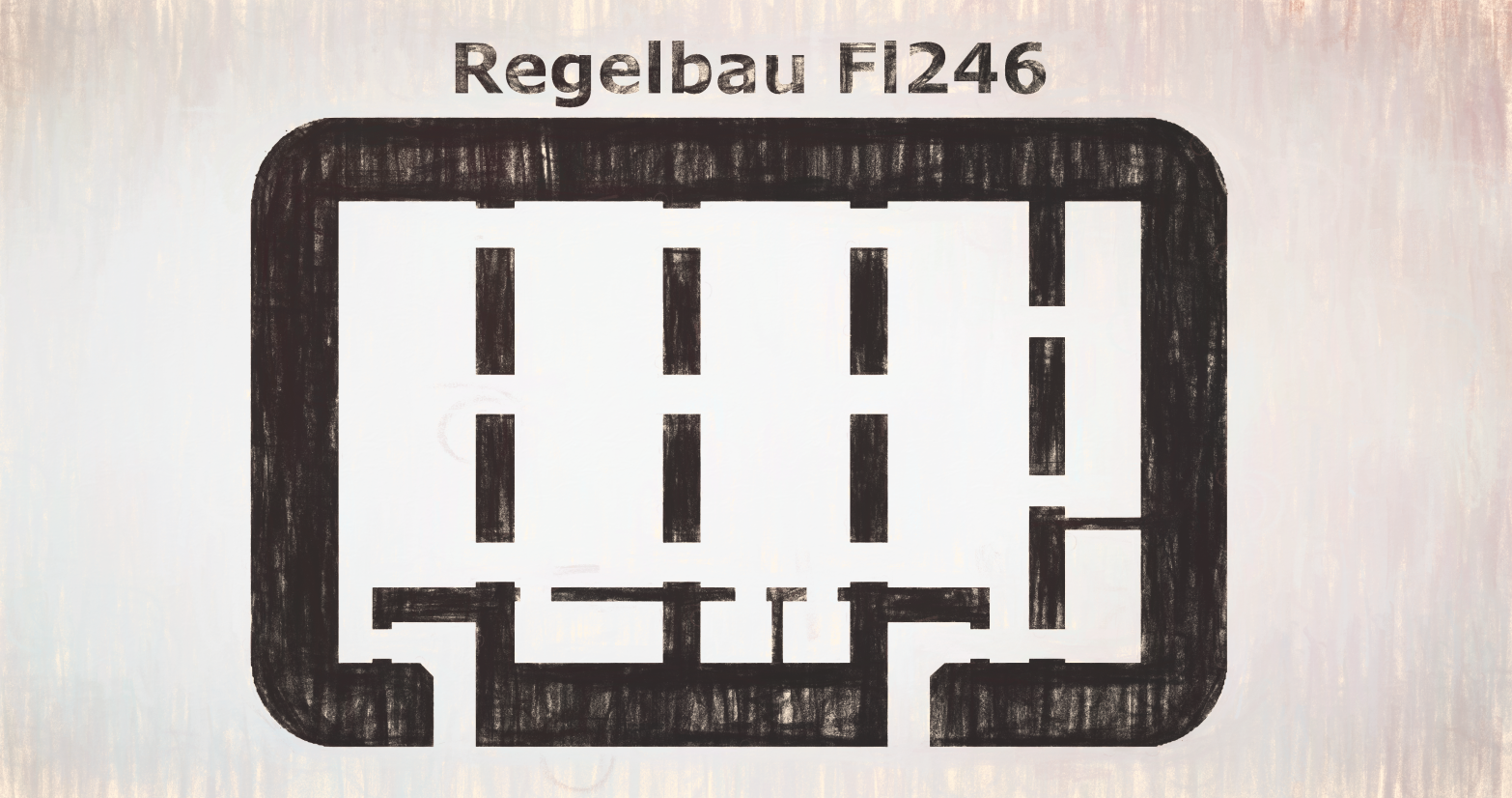more info about this bunker
after the Second World War this bunker was blown up.
This bunker Type was designed by the Kriegsmarine for ‘German Navy’.
This bunker Type is part of the Regelbau program in the second world war.
how is a #Regelbau Before and during World War II, the Wehrmacht built several standardised bunkers and weapon positions in Germany and German-occupied countries. These buildings were called Regelbau, i.e. standardised buildings.
The Regelbau (German for “standard design”) were a series of standardised #bunker designs built in large numbers by the Germans in the Siegfried Line (German: Westwall) and the Atlantic Wall as part of their defensive fortifications prior to and during the Second World War.
Following the occupation of German territories west of the Rhine, fortress engineers began the construction of the Siegfried Line in 1936. In doing so they were able to benefit from their earlier experience of bunker construction. In compliance with the Versailles Treaty, they had already built the Wetterau-Main-Tauber position and Neckar-Enz position before 1936. When, in 1936, construction started on the Siegfried Line itself, they were able at the outset to utilize designs from the two earlier fortifications. From these existing plans, fortress pioneers rapidly developed improved bunkers that were built from 1937. This building phase was named the Engineer Construction Programme and was characterized by bunkers built to B1 standard thicknesses (see above). Since the thickness of these structures was soon considered to be too weak and because there was a large number Regelbau designs (and hence confusion), new types were developed and implemented from 1938. These new designs were achieved largely by simplifying and reducing the number of Regelbau types. This new building phase was called the Limes Programme.
Development of Regelbau designs from 1936 to 1940 The fortress engineers were no longer in charge of construction; instead Organization Todt (OT) took over, promising Hitler it would deliver the number of structures he wanted. Plans for the Limes Programme did not envisage the inclusion of the cities of Aachen and Saarbrücken and they therefore ended up in front of the planned line of fortifications. That changed in 1939 with the Aachen-Saar Programme. From 1939, yet more new Regelbau bunkers were designed for the construction programme that saw increases in the construction thicknesses. From then on, only bunkers that met the in “B new” and “A” standards were to be built. With the outbreak of the Second World War on 1 September 1939, priorities for the construction of the Siegfried Line changed. The renewed shortage of raw materials led to the development of a new series of Regelbau designs, the so-called wartime standard designs or Kriegsregelbauten. After the “lavish” Regelbauten of the Aachen-Saar Programme, the final construction phase was dominated by massive financial constraints. For example, observation cupolas and flank firing positions were no longer provided and the rooms were smaller.


27 thoughts on “Atlantic Wall Regelbau Fl246 – Ammunition depot for heavy Flak Battery – Insta360 ONE R Twin Edition”